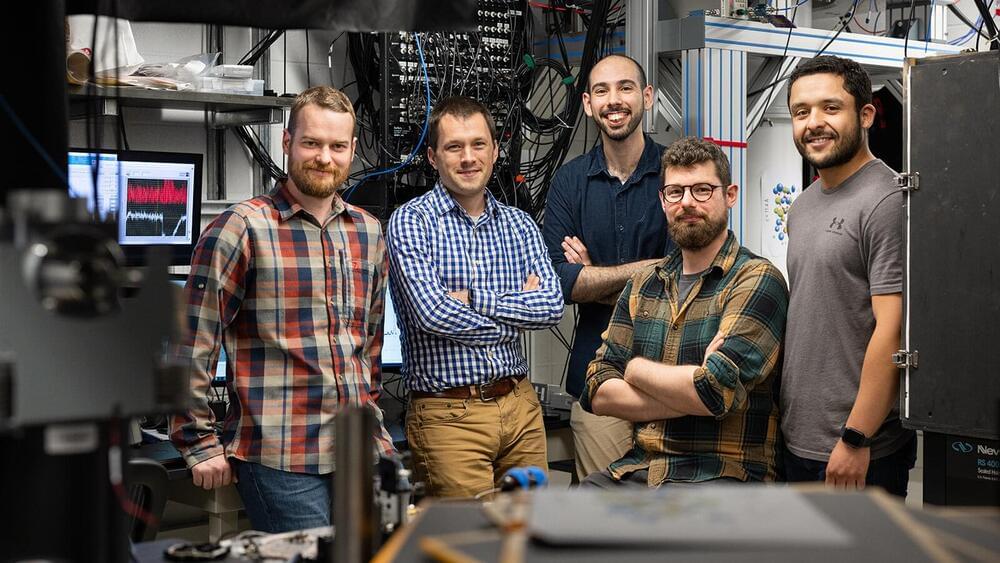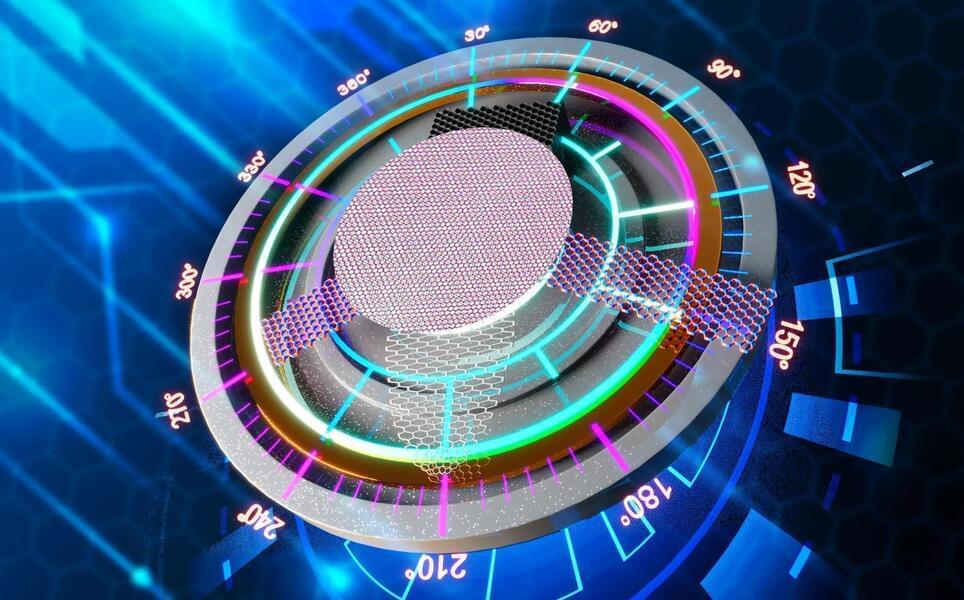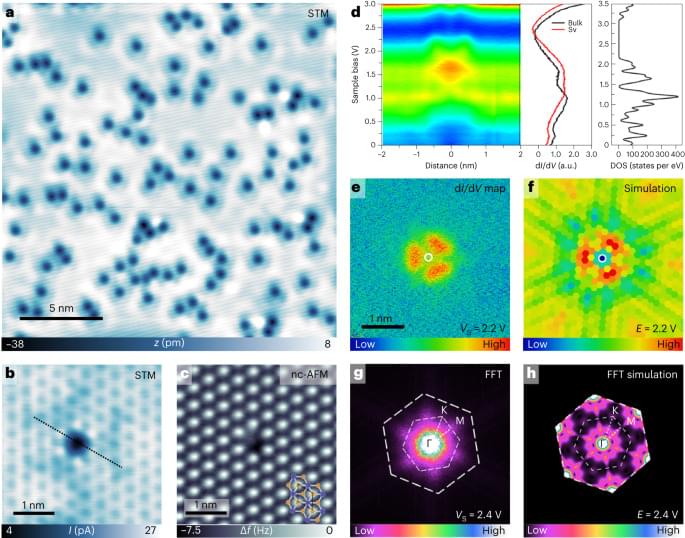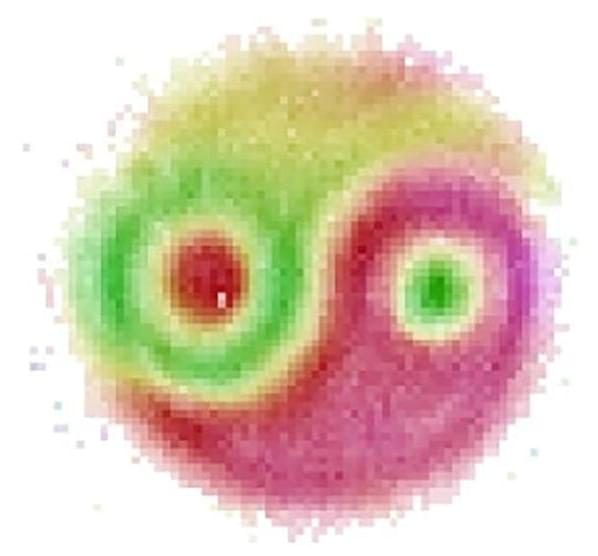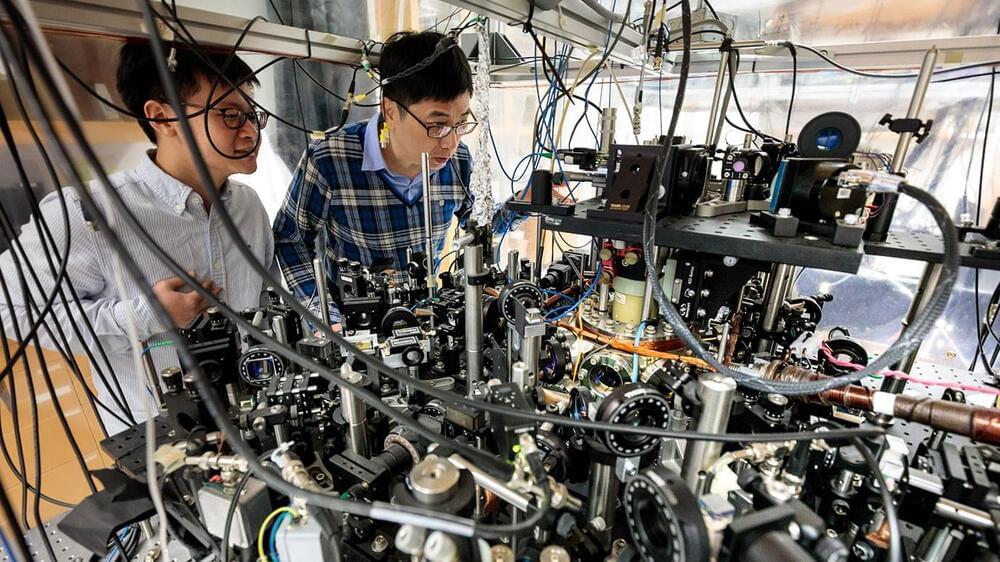Sep 4, 2023
Why We Can Never Find a Type-7 Civilization!
Posted by Jose Ruben Rodriguez Fuentes in categories: alien life, computing, quantum physics
We are about to leap into the age of quantum computing and possibly our technological capabilities will evolve rapidly as a result.
Does this mean we are on the threshold of developing a Type 2 civilization?
If so, we should soon be able to make first contact with other intelligent life forms and slowly conquer space.
Continue reading “Why We Can Never Find a Type-7 Civilization!” »

